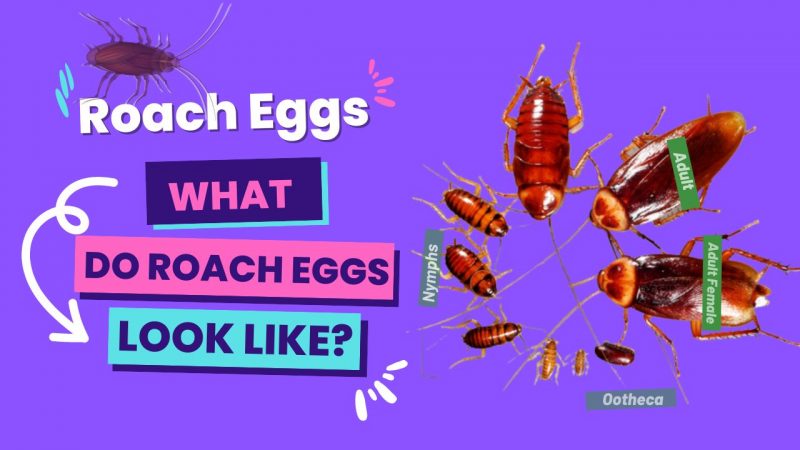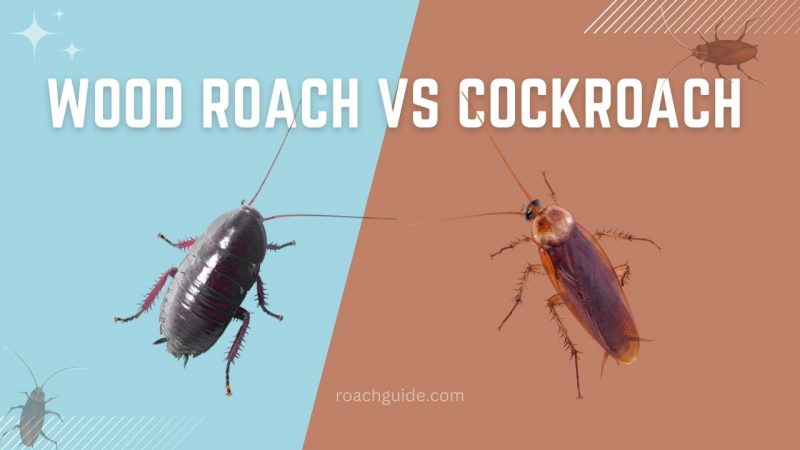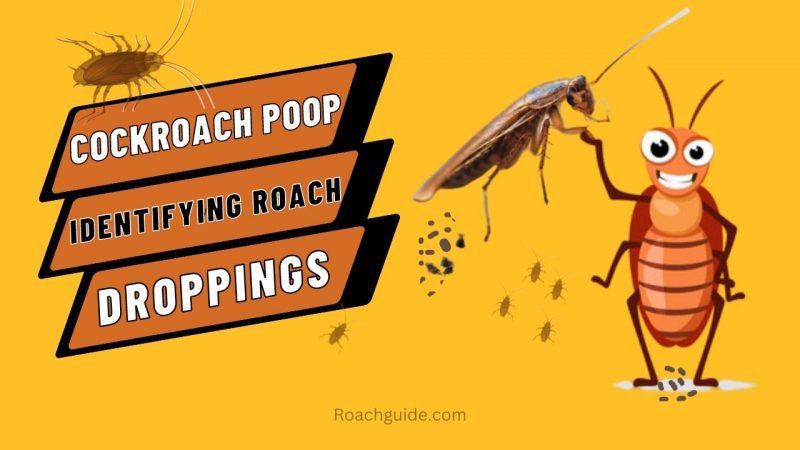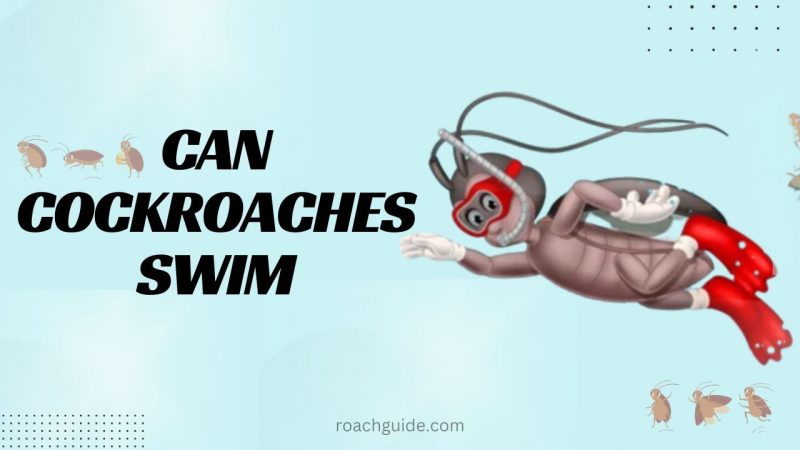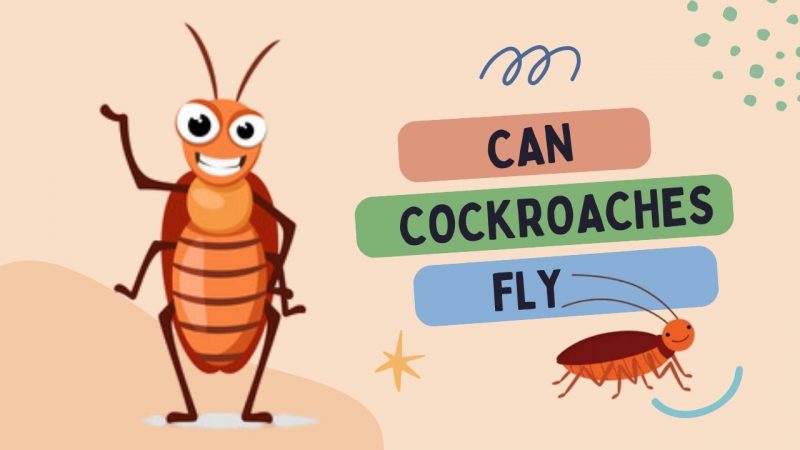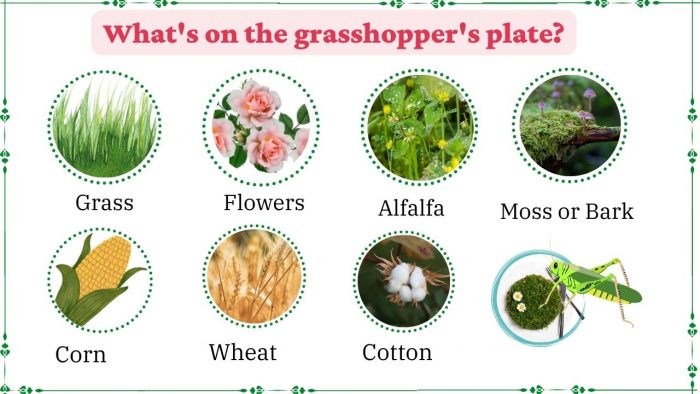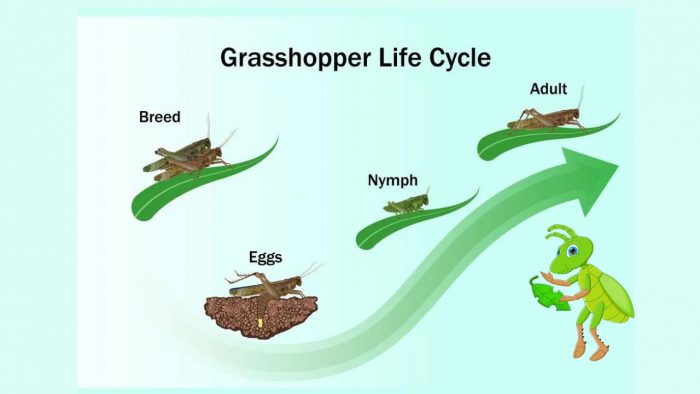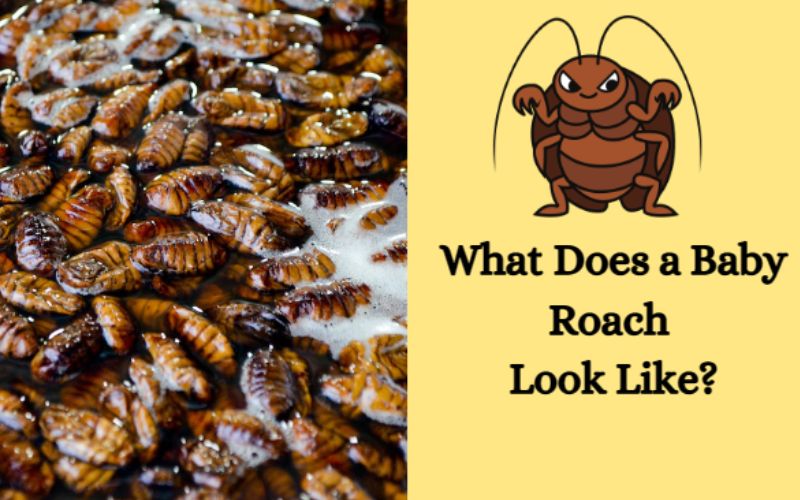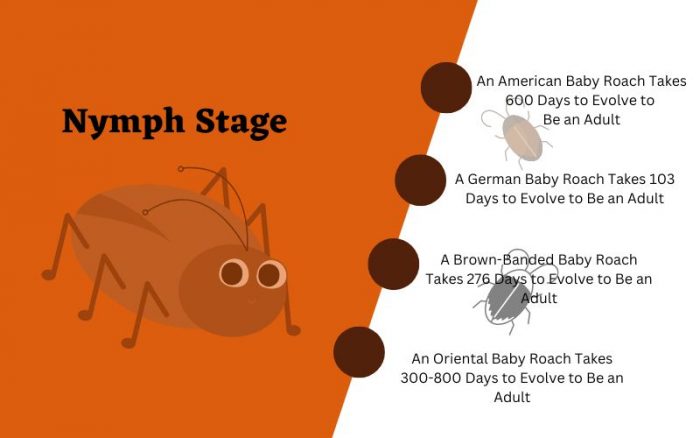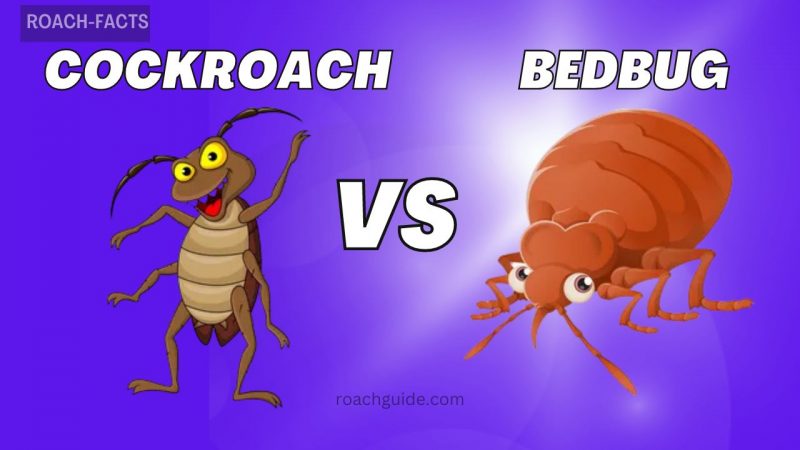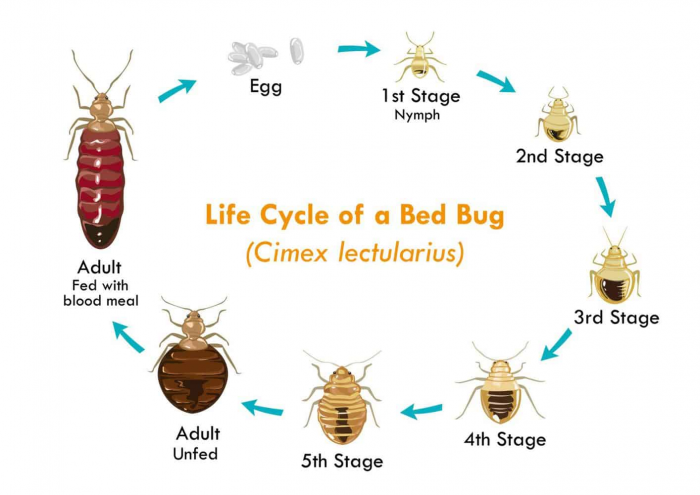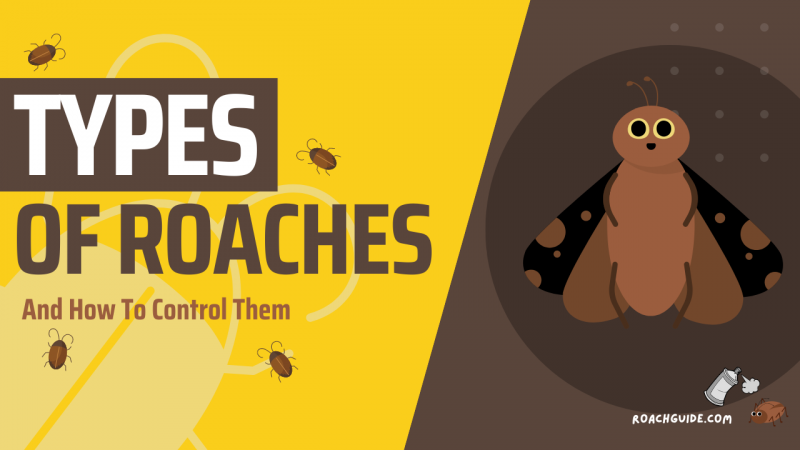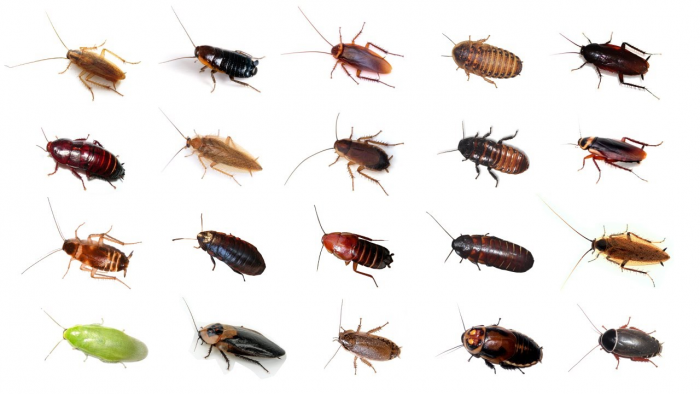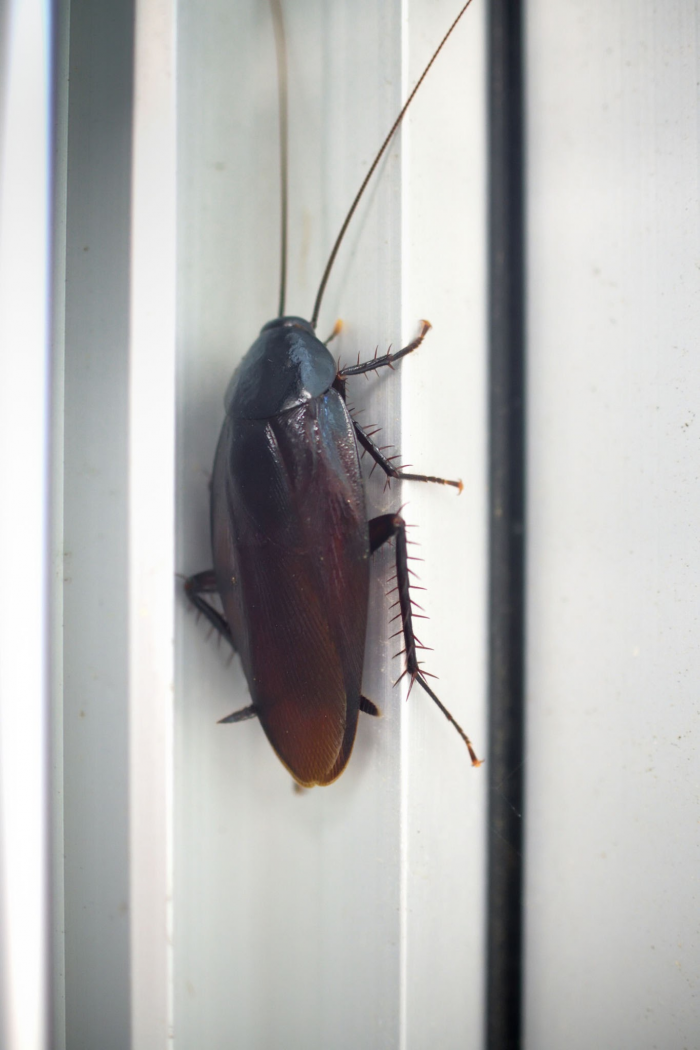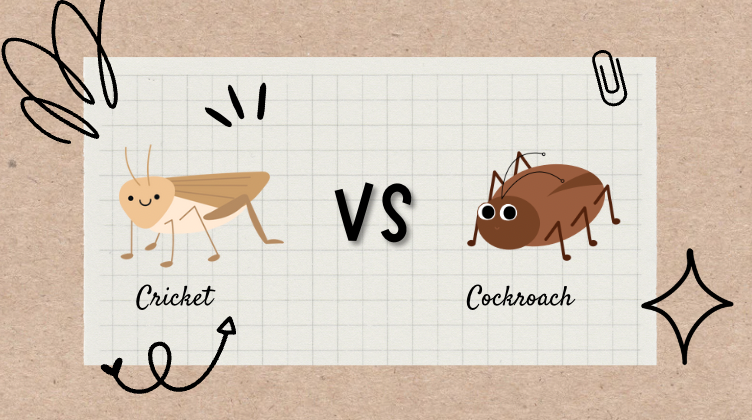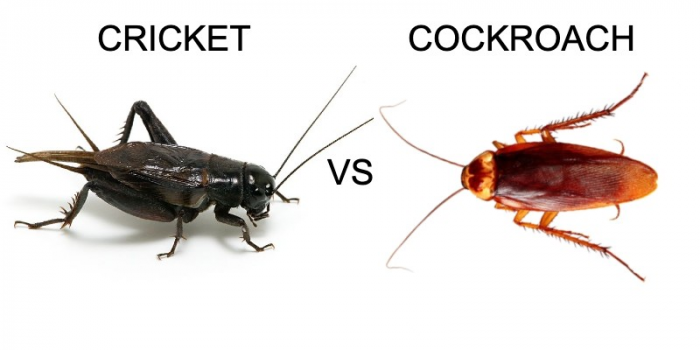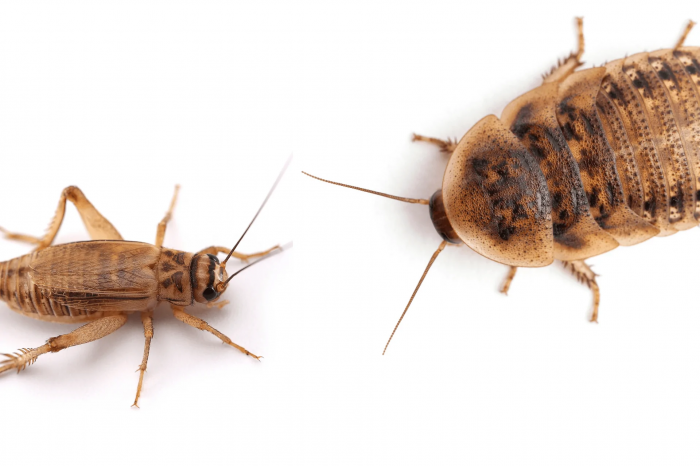Roach Eggs
Roaches look creepy and scary. They just roam around and attack your food which might adversely affect your health. Here goes the irony – they will not bite as they are scared of us too. You might have seen tiny grain like things in some corners of your house. These are nothing but cockroach eggs. But, you should know cockroach eggs are not a good find in any place or area. It simply means the cockroaches are around and they are breeding, and that they will multiply soon. If you’ve found what you guess are cockroach eggs, you’ll want to identify them, assess how serious the problem is, and get rid of them immediately if an infestation is present.
If you find roaches eggs, you might want to kill them instantly, Because if you leave them, they will become multiply soon and make your home dirty as they carry diseases that can cause food poisoning or diarrhea. When things come to our health, we become conscious and should always be.
Roaches can be very annoying. If you want a way out of these creatures infesting your house, you should check this out. –What kills roaches instant?
Now, let us have a look at the appearance of the different types of roach and their eggs.

Roach eggs
German cockroaches have a higher egg production rate than most other cockroach species and a higher rate than most typical household species. A single female German roach and her offspring can produce up to 30,000 new cockroaches yearly.
Female roaches don’t lay individual eggs. They lay an egg case or sack called an ootheca which carries up to 40 eggs. The ootheca is a hard leathery material that protects the eggs from predators and insecticides. We can say it is safeguarded.

How Much Time Does it Take Roach Eggs to Hatch?
The breeding habits differs for each types of cockroaches. Let’s look at each type to understand its duration for roach eggs to hatch in detail.
American Cockroach
Females lay their eggs in a hard capsule known as ootheca, which looks like a kidney bean, which they produce a week after mating. They create a single ootheca monthly for ten months, each capsule containing 16 eggs. Pregnant roaches usually carry the egg case for several days before disposing of it in a safe place. American roaches have an incubation period of about 44 days.
German Cockroach
A German roach lays more eggs per capsule than all other cockroach species. Each egg case holds about 30 to 40 eggs. Roach females protect the egg case until it is ready for hatching. Roaches ensure the safety of hatchlings. So, they hide before laying the eggs. These roaches have an incubation period of about 28 days.
Brown-Banded Cockroach
These roaches lay around 16 eggs per ootheca, which the female carries for a day or two. Then it hides the capsule someplace safe, like under a piece of furniture or the sink, on a wall corner, or on a rough surface, mainly cardboard. The incubation period lasts about 50 days.
Oriental Cockroach
It is common for the Oriental roaches to lay approximately 16 eggs per ootheca. Females usually lay the egg case in a warm place with an abundance of food so that nymphs do not have trouble finding something to eat right after hatching. Their incubation period runs for about two months, which way too much more as compared to others.

Wrapping Up!
So, now you know what roach eggs actually look like it would be easier to get rid of them. If you find a bunch of roach eggs or adult roaches, call your pest control or use home remedies to get rid of them from your home. If you find this blog helpful, then don’t forget to share it with your friends and family. Stay tuned for upcoming roach blogs.
Most asked FAQs
1. How long does it take roach eggs to hatch?
Ans: Immature roaches will hatch from the ootheca within 24 to 38 days.
2. The life cycle of cockroaches
Ans: The life cycle of cockroach is:
- A roach has three stages during its life cycle: egg, nymph, and adult.
- Adults lay eggs within dark-colored egg cases and average 8 mm in length—their eggs’ size and shape of a dry kidney bean-like.
- Depending on the species, an egg case contains between 16 – 50 eggs.
- Eggs hatch into young cockroaches called nymphs, which are more numerous than adults.

3. Do all roach eggs look like the same or different?
Ans: As we explained above, all roaches have different incubation periods and ootheca carrying capacity. So, of course, their eggs look different. Here’s how you can identify them.
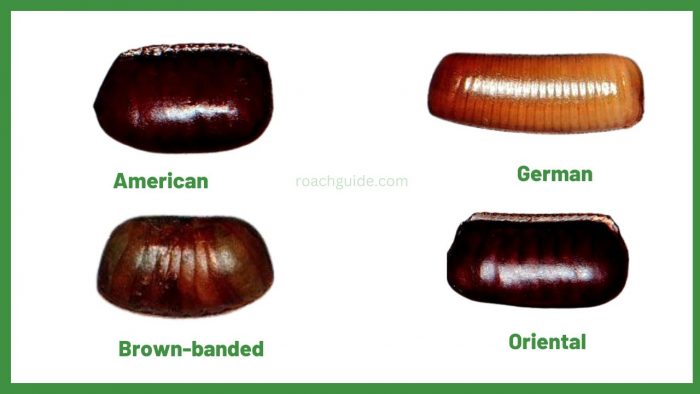
4. Where do roaches commonly lay eggs?
Ans: You can see them anywhere in your house. The major cause of pests is food, and that’s no different when it comes to roaches. They favor a damp environment and must be close to a food source to feed themselves and the baby roaches.
Hence, the kitchen and bathroom are high-risk areas where the insects may nest. Check the list down for more specific parts and other attractive house areas.
- Countertops
- Inside cupboards
- Behind and under appliances
- Beneath the sink
- Drainage areas
- Baseboards
- Bathroom cabinets
- Laundry room
- Basement
- Laundry room, etc.

